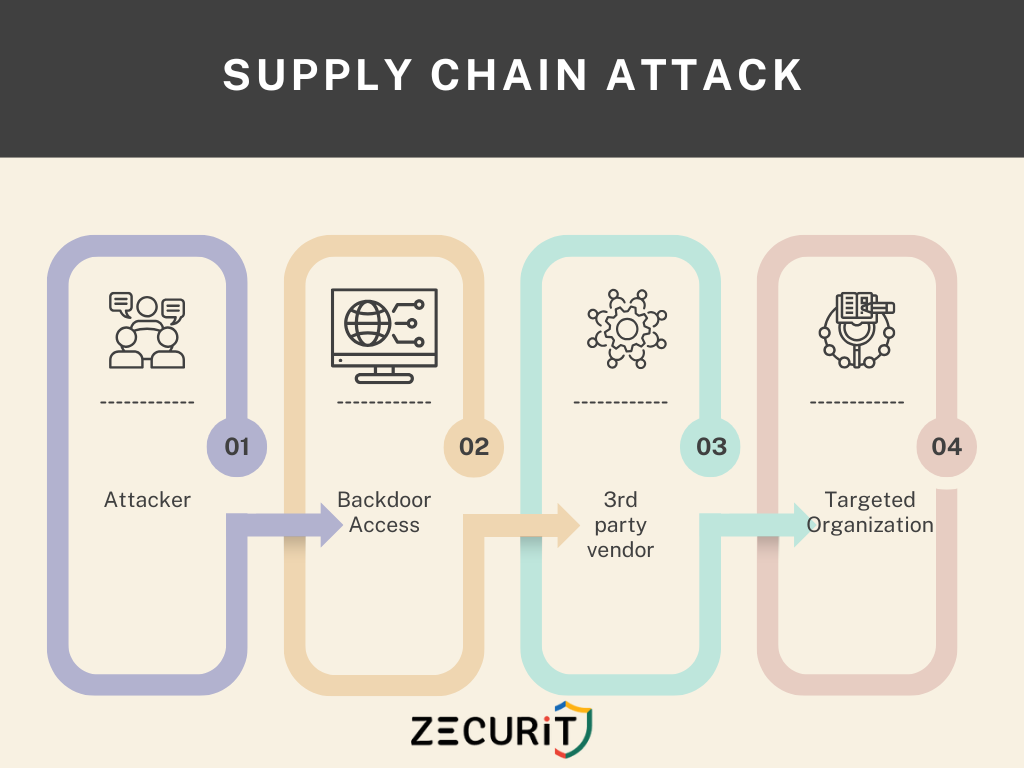HIPAA Compliance: Rules, Security & Penalties Explained
HIPAA compliance is mandatory for healthcare organizations and their vendors to protect sensitive patient data (PHI/ePHI). This guide explains cybersecurity requirements like encryption, access controls, and breach protocols, along with penalties for violations. Learn how IT teams, sysadmins, and HelpDesk staff can implement HIPAA best practices.
